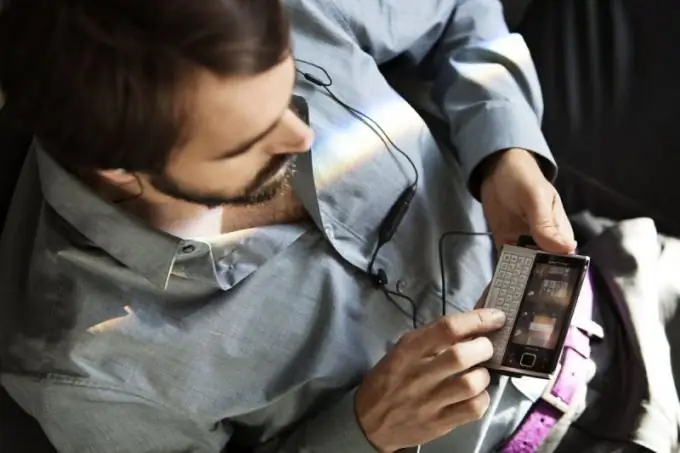Mobile phone firmware is a special program that changes the software of the device. There are firmwares for almost every telephone set.

Instructions
Step 1
If you are using a firmware that suits you, but want to change some elements in it, you need to unpack the firmware, and then (after making the changes) package it in such a way that it remains a working program. Unfortunately, firmwares are usually tamper-proof. For some Nokia smartphones models N96, 5320, N78, N86 version S60v3 FP2 v9.3 and 5530, 5800, N97 version S60v3 FP3 v9.4, the Nokia Editor program has been developed.
Step 2
Search through search engines on the Internet and download the Nokia Editor program to the hard drive of your computer. The program is small, so the size of the archive is less than 1 megabyte. Check the downloaded files with antivirus software before installing the application. Install on a local drive of a personal computer and run.
Step 3
Launch the installed Nokia Editor. Select your smartphone model from the list of available phones and click on the Open button. Locate the firmware file and open it. Click on the Extract button. The program will unpack the firmware files in rofs2 (for ROFS2) and fat16 (for UDA files) formats. To open unpacked firmware images, you can use the appropriate image editing programs - rofs2, MagicISO or WinImage. Nokia Editor can be simply minimized when editing.
Step 4
After making changes, click on the Repack button to create a new firmware version. The finished versions will appear in the program folder. Rename the generated files by removing the REB prefix. The smartphone should be flashed with the new firmware version using Jaf. Do not forget that you carry out all operations for flashing the phone (both with ready-made firmware and those manually assembled by you) at your own peril and risk. There are frequent cases of complete failure of the phone due to incorrect actions during the firmware.






